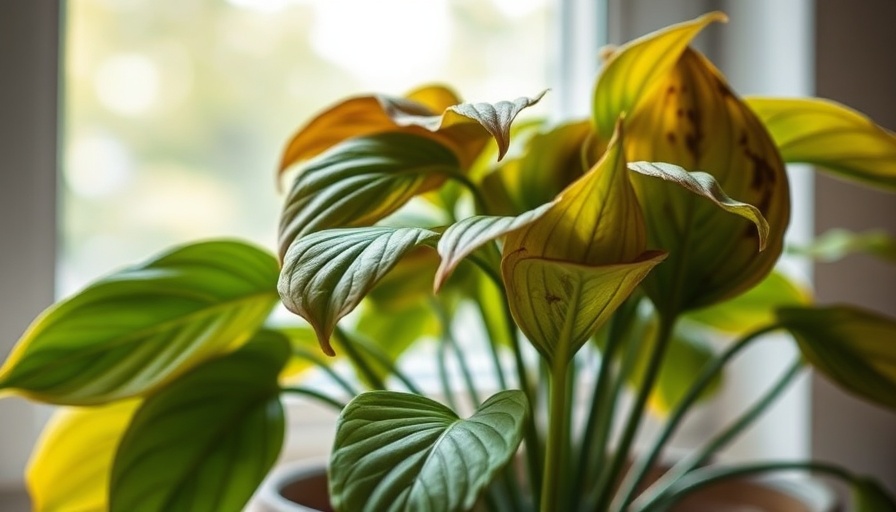
Understanding the Role of Humidity in Plant Care
As spring emerges, the time for nurturing our green companions also arrives. Plants not only beautify our homes but contribute positively to our mental wellness. However, their success hinges on one often-overlooked factor: humidity. Understanding how humidity interacts with plant care, especially in California's diverse climates, is essential to ensuring that your indoor garden thrives.
What Humidity Levels Are Ideal for Plants?
The sweet spot for most houseplants lies between 40% and 60% humidity. This range promotes healthy growth and optimal nutrient absorption. Notably, tropical plants like ferns and orchids thrive in environments with higher humidity levels, often exceeding 70% to 80%. Consequently, knowing your plant varieties can help tailor your home environment to their needs, turning your living space into a vibrant oasis.
The Signs of Too Much Humidity
Recognizing when your home environment is too humid is crucial for maintaining plant health. Key indicators include:
- Leaf Issues: If you notice leaf spots or mold, moisture levels may be too high.
- Soil Conditions: Moldy soil or mushy roots are telltale signs of excessive humidity.
- Unpleasant Odors: A pervasive, damp smell can indicate too much moisture in the air.
Staying vigilant for these signs will not only help preserve your plants but also mitigate the potential for irritants that could affect your home environment.
Managing Indoor Humidity Levels
Maintaining balanced humidity requires proactive measures, particularly in California, where indoor environments can quickly shift due to external weather changes. Here are expert-recommended strategies to keep humidity in check:
- Ventilation: Ensure proper airflow around plants by maintaining adequate spacing and trimming dead or unnecessary foliage.
- Use Dehumidifiers: In particularly damp areas or during humid seasons, strategically deploying a dehumidifier can make a significant difference.
- Monitor with Hygrometers: Regularly check humidity levels using a hygrometer; adjustments can be made automatically based on readings.
These tips not only enhance plant health but can also lead to a more comfortable living environment for you and your family.
Your Role in Creating a Healthy Plant Environment
Taking ownership of your home’s ambiance reflects your commitment to the well-being of your houseplants. The physical presence of plants in urban and suburban California homes fosters a connection to nature that is increasingly vital in today’s fast-paced lifestyle. This act isn’t just about the aesthetics—it is a pathway to improving your mental health and reconnecting with the earth.
Remember, your effort in observing and managing humidity doesn't solely benefit your plants; it promotes a healthier, more comfortable living space for everyone.
Call to Action: Transform Your Living Space
Now that you understand how critical humidity is to plant care, take action! Evaluate your home’s environment and make necessary adjustments today to ensure your plants thrive. Share your journey and findings with fellow plant enthusiasts to foster a community of thriving green spaces.
 Add Row
Add Row  Add
Add 




Write A Comment